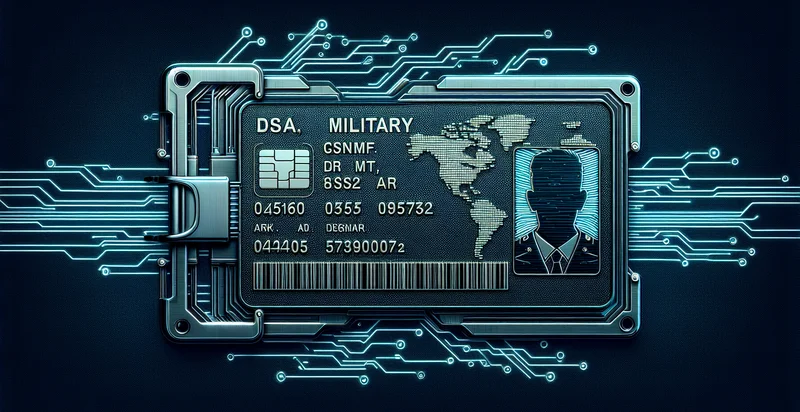Identify if military id is in a backup file
using AI
Below is a free classifier to identify if military id is in a backup file. Just input your text, and our AI will predict if military id is present - in just seconds.

Contact us for API access
Or, use Nyckel to build highly-accurate custom classifiers in just minutes. No PhD required.
Get started
import nyckel
credentials = nyckel.Credentials("YOUR_CLIENT_ID", "YOUR_CLIENT_SECRET")
nyckel.invoke("if-military-id-is-in-a-backup-file", "your_text_here", credentials)
fetch('https://www.nyckel.com/v1/functions/if-military-id-is-in-a-backup-file/invoke', {
method: 'POST',
headers: {
'Authorization': 'Bearer ' + 'YOUR_BEARER_TOKEN',
'Content-Type': 'application/json',
},
body: JSON.stringify(
{"data": "your_text_here"}
)
})
.then(response => response.json())
.then(data => console.log(data));
curl -X POST \
-H "Content-Type: application/json" \
-H "Authorization: Bearer YOUR_BEARER_TOKEN" \
-d '{"data": "your_text_here"}' \
https://www.nyckel.com/v1/functions/if-military-id-is-in-a-backup-file/invoke
How this classifier works
To start, input the text that you'd like analyzed. Our AI tool will then predict if military id is present.
This pretrained text model uses a Nyckel-created dataset and has 2 labels, including Military Id Found and Military Id Not Found.
We'll also show a confidence score (the higher the number, the more confident the AI model is around if military id is present).
Whether you're just curious or building if military id is in a backup file detection into your application, we hope our classifier proves helpful.
Related Classifiers
Need to identify if military id is in a backup file at scale?
Get API or Zapier access to this classifier for free. It's perfect for:
- Data Security Compliance: Organizations can utilize the identifier to check if military IDs are unintentionally stored in backup files, ensuring they comply with data protection regulations. This helps mitigate the risk of data breaches involving sensitive information.
- Automated Data Cleanup: Businesses can implement this function to automate the identification and removal of unwanted military IDs from their backup data. By regularly scanning backups, organizations can streamline their data management processes and improve storage efficiency.
- Risk Assessment and Management: This identifier can be integrated into risk assessment frameworks to identify potential security vulnerabilities associated with the storage of military IDs. Organizations can proactively address risks by ensuring that sensitive data is handled appropriately.
- Incident Response Preparation: In case of a data breach or unauthorized access, having this identifier can aid in rapid incident response by identifying and isolating backups that contain military ID information. This allows security teams to act swiftly to protect sensitive data.
- Regulatory Audits: During regulatory audits, companies can use the identifier to demonstrate their data governance practices. By showing that they actively monitor and manage military IDs in backups, they can enhance their credibility and reduce compliance risks.
- Data Minimization Strategies: The identifier can support organizations in implementing data minimization strategies by identifying non-essential military IDs in backups. This aligns with best practices of minimizing data retention, thus reducing potential liability from data storage.
- Enhanced Privacy Measures: By using this function, organizations can strengthen their privacy measures by ensuring military IDs are not inadvertently exposed in backup files. This proactive approach helps maintain trust with clients and stakeholders regarding sensitive data handling.


